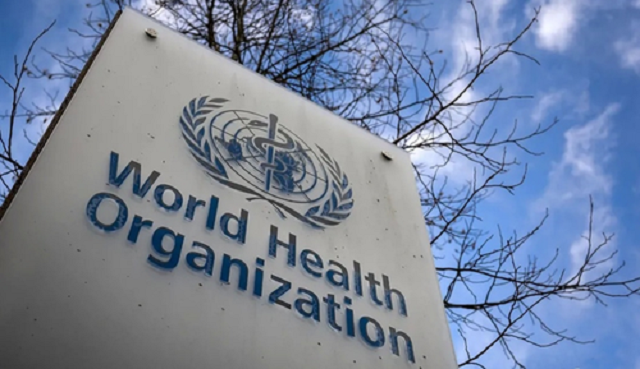SII-Oxford developed world’s 2nd malaria vax gets WHO nod
World Health Organisation (WHO) recommended the use of a low-cost and highly effective malaria vaccine developed by Pune-based SII
New Delhi: The World Health Organisation (WHO) on Tuesday recommended the use of a low-cost and highly effective malaria vaccine developed by the Pune-based Serum Institute of India (SII) in collaboration with the University of Oxford in the UK.
The R21/Matrix-M malaria vaccine is the world’s second-ever WHO recommended vaccine for preventing malaria in children. In 2021,the RTS,S/AS01 vaccine became the first jab against the mosquito-borne disease to receive a WHO nod.
The WHO’s independent advisory body, the Strategic Advisory Group of Experts (SAGE) and the Malaria Policy Advisory Group (MPAG), recommended use of the vaccine after reviewing its safety, quality and effectiveness standards last month.
Their recommendation was based on pre-clinical and clinical trial data which showed good safety and high efficacy in four countries, at sites with both seasonal and perennial malaria transmission.
“As a malaria researcher, I used to dream of the day we would have a safe and effective vaccine against malaria. Now we have two,” said Dr Tedros Adhanom Ghebreyesus, WHO Director-General, in a statement.
“Demand for the RTS,S vaccine far exceeds supply, so this second vaccine is a vital additional tool to protect more children faster, and to bring us closer to our vision of a malaria-free future,” he added.
The R21/Matrix-MTM malaria vaccine has been licensed for use in Ghana, Nigeria and Burkina Faso. In combination with public health measures such as the use of insecticide-treated bed nets, the new vaccine can help save and improve the lives of millions of children and their families.
In areas with highly seasonal malaria transmission (where malaria transmission is largely limited to 4 or 5 months per year), the R21 vaccine was shown to reduce symptomatic cases of malaria by 75 per cent during the 12 months following a 3-dose series.
A fourth dose given a year after the third maintained efficacy. This high efficacy is similar to the efficacy demonstrated when RTS,S is given seasonally.
The vaccine also showed good efficacy (66 per cent) during the 12 months following the first 3 doses. A fourth dose a year after the third maintained efficacy.
Mathematical modelling estimates indicate the public health impact of the R21 vaccine is expected to be high in a wide range of malaria transmission settings, including low transmission settings.
At prices of $2-$4 per dose, the cost-effectiveness of the R21 vaccine would be comparable with other recommended malaria interventions and other childhood vaccines.
“The R21/Matrix-M malaria vaccine is easily deployable, cost effective and affordable, ready for distribution in areas where it is needed most, with the potential to save hundreds of thousands of lives a year,” said Professor Sir Adrian Hill, Director of The Jenner Institute, at Oxford.
Notably, SII has already established production capacity for 100 million doses per annum, which will be doubled over the next two years. This scale of production is critical because vaccinating those at high risk of malaria will be important in stemming the spread of disease, as well as protecting the vaccinated.
“For far too long, malaria has threatened the lives of billions of people across the globe, disproportionately affecting the most vulnerable amongst us. This is why the WHO recommendation and approval of the R21/Matrix-M vaccine marks a huge milestone on our journey to combat this life-threatening disease,” said Adar Poonawalla, CEO of the Serum Institute of India, in a statement.
Also Read: US Starts Phase 1 Clinical Trial For Universal Flu Vaccine




 Ms Kalinga
Ms Kalinga